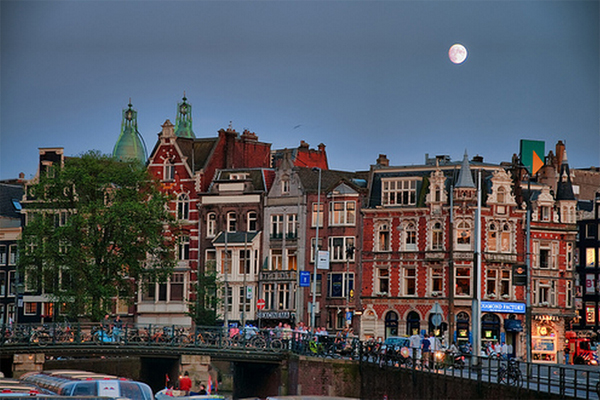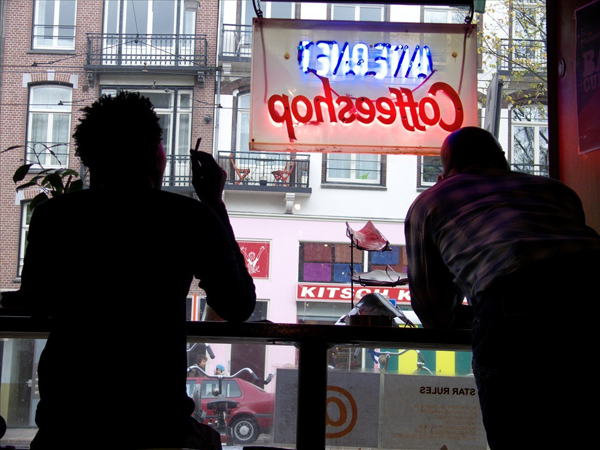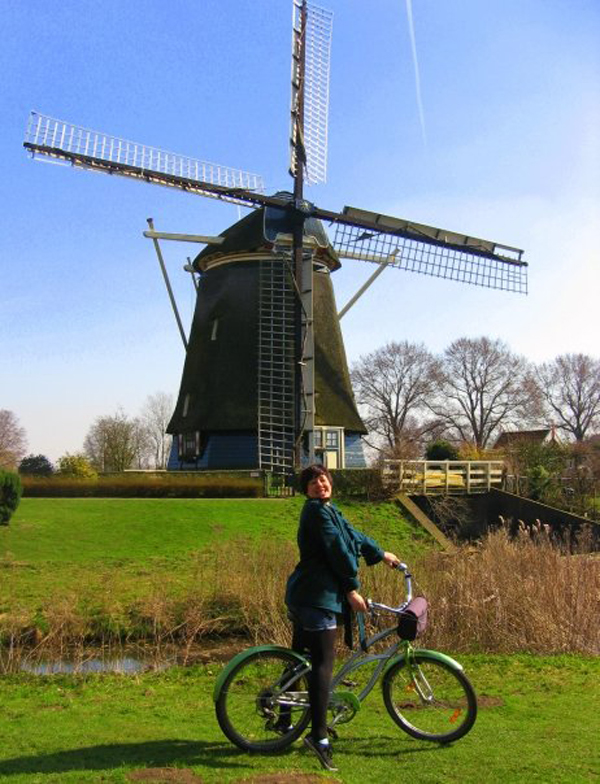What’s the first thing that everyone thinks when they hear the word ‘Amsterdam?’ Well, a couple of instant associations spring to mind, but without a doubt the most infamous cultural stereotype is the sale of marijuana and, in general, drug tourism. (Yes, there is another form of tourism, but we’ll leave the likes of that to those who do it best, and that’s the guys at Travel Sex Life).
In comparison to the rest of Europe, the Netherlands have pretty relaxed (some would say progressive) drug laws, and this has long caused political rifts between them and their bordering nations. France and Germany, in particular, have to consistently police against the haemorrhage of drugs that pumps out of Amsterdam, alongside the organised crime that it stimulates. As a result, there is a mounting pressure from other European countries for an update to the Dutch drug policy. An update that would, they state, reflect modern EU (and UN) law.

The Government of the Netherlands is, as it happens, extremely keen to shake off what they deem to be negative cultural connotations. They want Amsterdam to be remembered for its architecture and history, for its thriving arts scene, for the beauty of its canals and the splendour of the not-to-distant countryside. And yet, try as they might to rebrand the area, more than a quarter of the cities four million annual tourists will visit a coffee shop, where the sale of cannabis is tolerated and where they are permitted to drift for days in a fog of the green stuff.
However, according to a recent reform to ‘The Opium Act 2012,’ Amsterdam’s neighbouring countries are about to get the policies they’ve been vying for. Based partially on this escalating tension from the world’s governing bodies, and also on their own desire for change, the Government have made proactive steps towards a more drug-controlled future.
As of this year (and rolling out to Amsterdam by 2013) non-residents will not be able to enter coffee shops, let alone purchase Mary Joanna. This scheme began implementation across the country on January 1st 2012 and, for many, it signalled an end to drug tourism. Now, only residents over the age of 18 can apply for a coffee shop ‘membership,’ and even then there’s no guarantee that they’ll get one- issue is limited to 2000 per establishment.

Therefore, with access to Amsterdam’s artery strictly limited and coffee shops closing their doors, just what are the cultural pulls of a city long admired for its utopian ideals? And how, if at all, will the Netherlands re-establish their international image based on their current efforts?
Aside from the bawdy (and arguably tacky) tourist traps that have come to define Amsterdam, the city is actually rich with cultural and historical heritage. In April 2009, before any of these drug reforms took place, I took a ferry to Amsterdam (on a press trip). I was not, of course, travelling there to critique the local delicacy. In fact, I was there to report on everything but and what I ended up discovering was a booming metropolis teeming with artisan minds and stunning European design. It was, by all accounts, like a Dutch Venice. I went to the incredible Van Gough Museum and visited Anne Frank’s hauntingly white-washed house. I hired a traditional Dutch bicycle and took a trip to a windmill where I sampled local cheese and tried on a selection of hand carved clogs (talk about Dutch stereotypes). I took long walks along the cities many canals and learnt of the impressive, often tumultuous, history of this sadly misrepresented destination. I achieved all of this in a weekend and didn’t step foot into a coffee shop (well, not officially at least). Yes, the unusual drug laws were being toted to tourists on every street corner and yes, I was acutely aware the city’s reputation. However, to visit Amsterdam is not inevitably dabble in soft drugs, far from it. Whilst this scene makes no effort to be underground (like in other major European cities) its presence was by no means unsettling and at no point did I feel unsafe, unwelcome or unsatisfied.

I’m confident, therefore, that Amsterdam has more than enough to offer the culture vultures and history hungry travellers amongst us without its green gimmick. Every famous destination, from San Francisco to Laos, is identified internationally by typecasting and generalisation, it’s just the way human beings understand and categorise places that they don’t really understand. For example, San Francisco is not purely inhabited by hippies and there’s a lot more to do into Laos than drunken tubing. It’s important to remember that these places are not just holiday destinations. People live there and get on with their daily lives and it’s those people, detached as they are from the tourist trail, who provide a true representation of the area. Similarly, then, there is a hell of a lot more to Amsterdam than drug tourism, and I’m sure that this law reform will only serve as an effective way to expose that.
Have you been to Amsterdam? How did you feel about its lax drug laws and do you think it’ll change for the better or for the worst next year? All opinions welcome!

